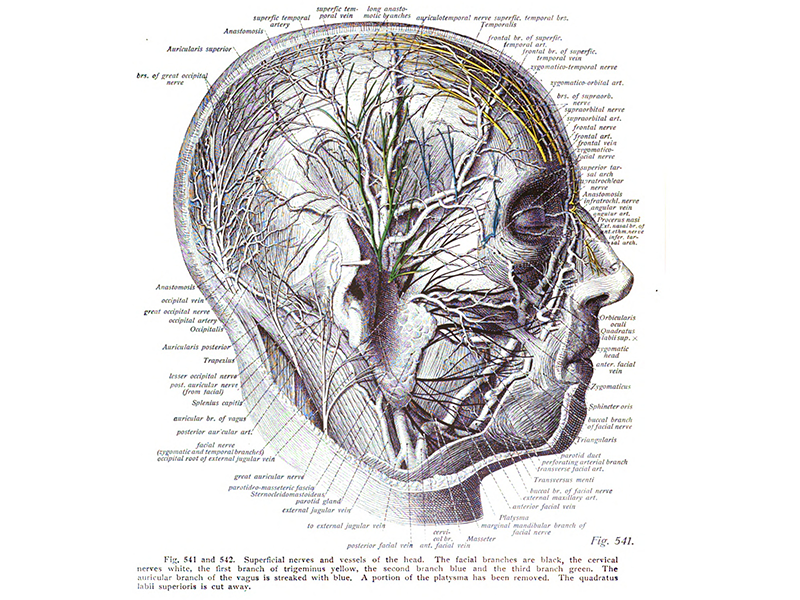
I have left messages, yet no one ever calls me back. For basic information the telephone prompt says to press #2. I have some questions regarding funeral arrangements. I have done this on 4 separate occasions. Starting several months ago, I tried calling the company. They confirmed delivery of the paperwork via a postcard. Paperwork was sent to me, I filled it out and sent it back. I researched places on the internet and contacted LifeQuest Anatomical in via computer. The digestive system includes an organ that produces a hair-dissolving fluid, as well as an organ with finger-like projections that thump the sides of the intestines to aid digestion.Īnatomy of a Gummi bear, illustration by Jason Freeny.Review: I have a desire to donate my body to science. Anatomical features include a brain wired for stealth and trickery, razor-sharp claws, a long, coiling tongue covered in tiny hair-grabbing spines, and a sac for storing sleeping powder used to knock out victims. The Kuro-kamikiri (“black hair cutter”) is a large, black-haired creature that sneaks up on women in the street at night and surreptitiously cuts off their hair. This anatomical sketch of Godzilla reveals a relatively small brain, giant lungs that allow underwater breathing, leg muscles that can support 20,000 tons of body weight, and a “uranium sack” and “nuclear reaction sack” that produce radioactive fire-breath and energize the body. Fortunio Liceti, De monstris, Amsterdam 1665. Pierre Belon, Nature des Oyseaux (The Nature of Birds), Paris 1555.Īnatomical drawing of a co-joined twin. Human skeleton for comparison with that of birds. Wax models of human hand at La Specola in Florence, Italy. Wax anatomical models at La Specola in Florence, Italy. Photo of models from the Paris Museum of Natural History in the 1880s.ġ8th century wax model dissection from Florence, Italy’s La Specola Museum.Īnatomy drawing from William Rimmer's Artistic Anatomy, 1877.
LIFE QUEST ANATOMICAL SKIN
Zoku Yōka Hiroku (Sequel to Confidential Notes on the Treatment of Skin Growths), 1859.Īnatomy of a centaur: Double lungs and the presumably also double stomach gives an explanation for the strength and perseverance of centaurs.įull wax figure of female figure, 18th century. [Source: Nihon Iryō Bunkashi ( History of Japanese Medical Culture), Shibunkaku Publishing, 1989. Zoku Yōka Hiroku (Sequel to Confidential Notes on the Treatment of Skin Growths), 1859. The dissection team included the physicians Kanzen Mikumo, Ranshū Yoshimura, and Genshun Koishi.

Seyakuin Kainan Taizōzu (circa 1798): These illustrations are from the book entitled Seyakuin Kainan Taizōzu, which documents the dissection of a 34-year-old criminal executed in 1798. Human anatomy (date unknown): In this image, a sheet of transparent paper showing the outline of the body is placed over the anatomical illustration. Human anatomy (date unknown): This anatomical illustration is from the book Kanshin Biyō, by Bunken Kagami. The dissection was performed in 1770 on two cadavers and a head received from an execution ground in Kyōto. Kaishihen (Dissection Notes), 1772: Japan's fifth human dissection - and the first to examine the human brain - was documented in a 1772 book by Shinnin Kawaguchi, entitled Kaishihen (Dissection Notes). Illustration from 1759 edition of Zōzu: The actual carving was done by a hired assistant, as it was still considered taboo for certain classes of people to handle human remains. Human skeleton, 1732: This document is thought to have inspired physician Tōyō Yamawaki to conduct Japan's first recorded human dissection. The following anatomical images are visual examples of our long quest to understand what is inside the human body. And now, at the dawn of the 21st century, we begin a new quest to map the human brain.

Not until the twentieth century did science and medicine finally begin to accelerate to magnificent heights. the development of real, scientific knowledge of the human body has been excruciatingly slow. While the earliest recorded human dissection took place in ancient Greece in the third century B.C. I touched it with a stick, moved its legs, and opened its mouth. Most of us remember the first dead animal we ever saw - mine was a rabbit, killed by a car near my house. What were they to make of it? Did they wonder where the life force was, or where it had gone? Was Prehistoric man horrified by the sight of a human corpse, or did they treat it with curiosity and care?

It is certain prehistoric man had peered into and inside the torn or bludgeoned remains of a dead enemy, or the unfortunate hunter found eviscerated by an animal predator. These bodies of ours - these flesh and blood carriers of the soul that give outward identity to who we are, have been the subject of curiosity since man has been able to conjure basic rational thought.


 0 kommentar(er)
0 kommentar(er)
